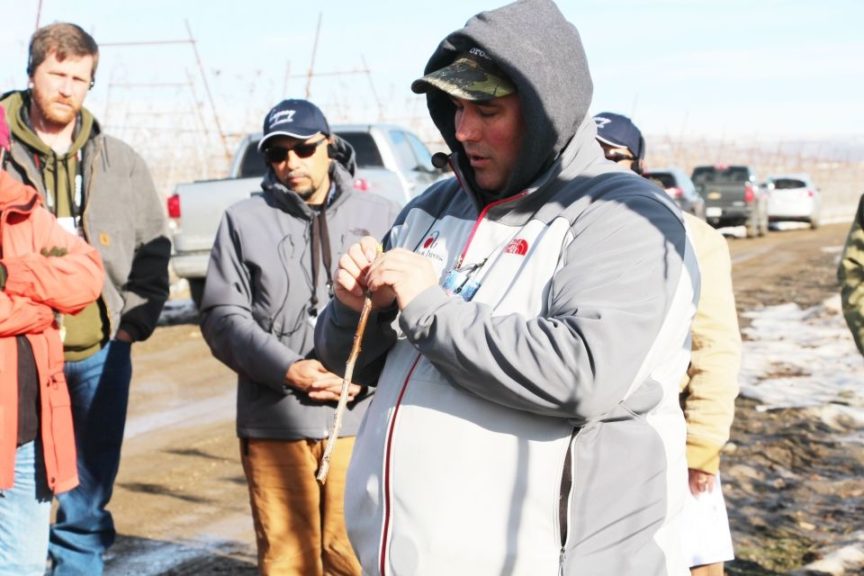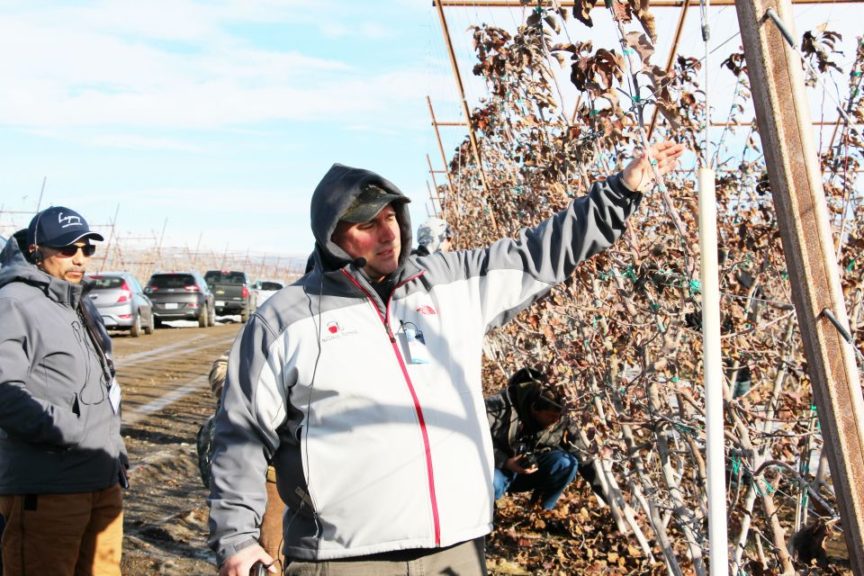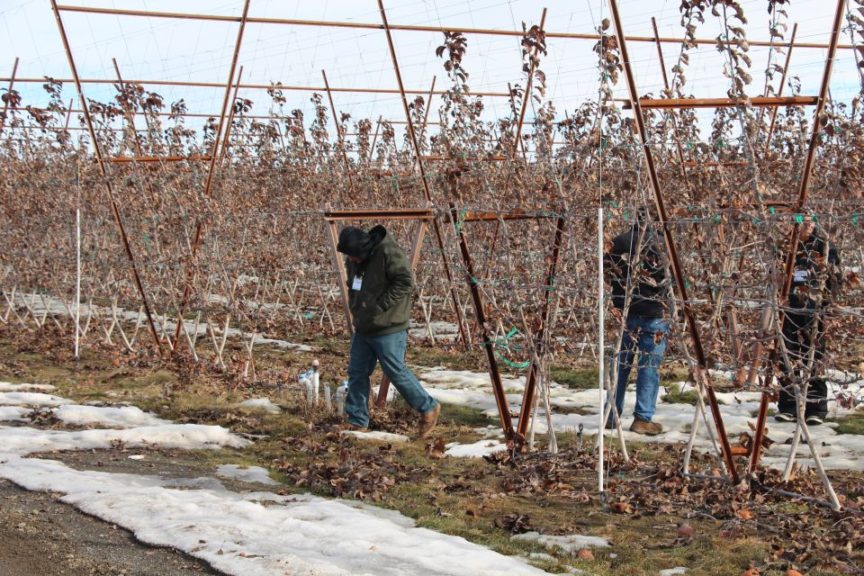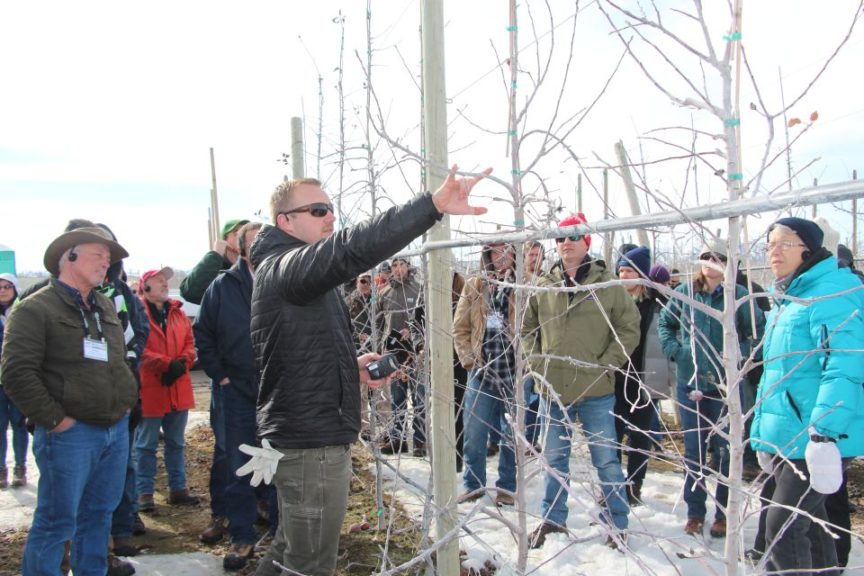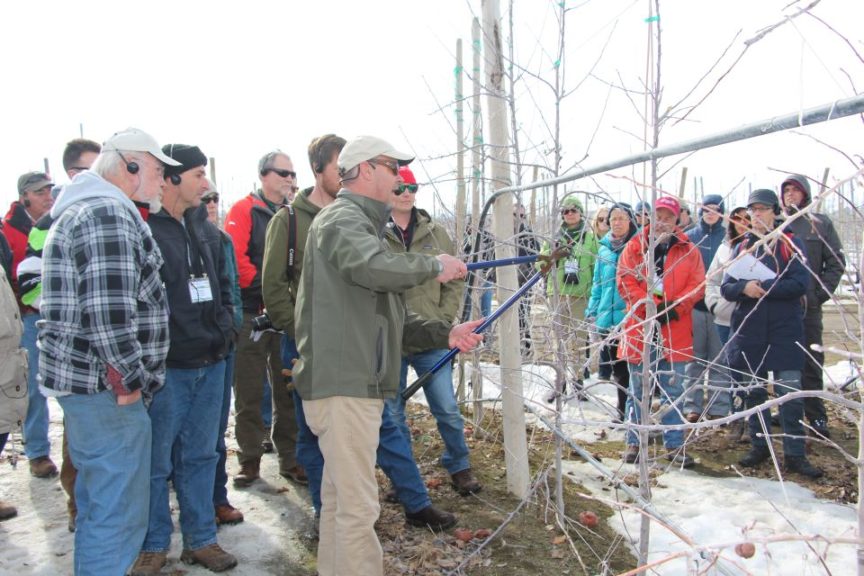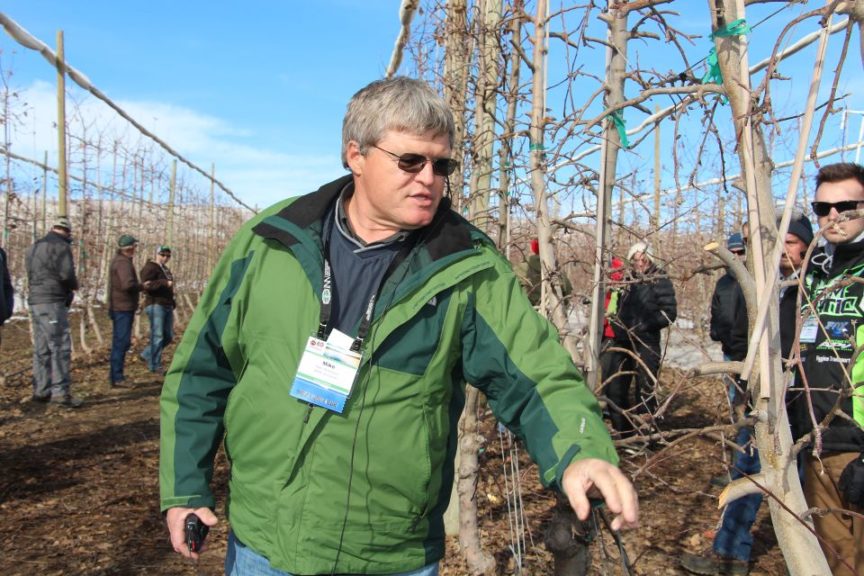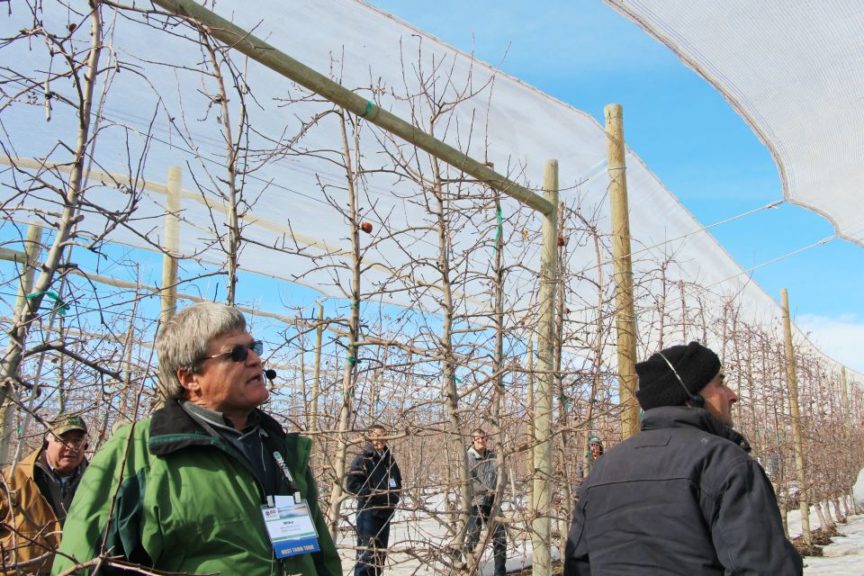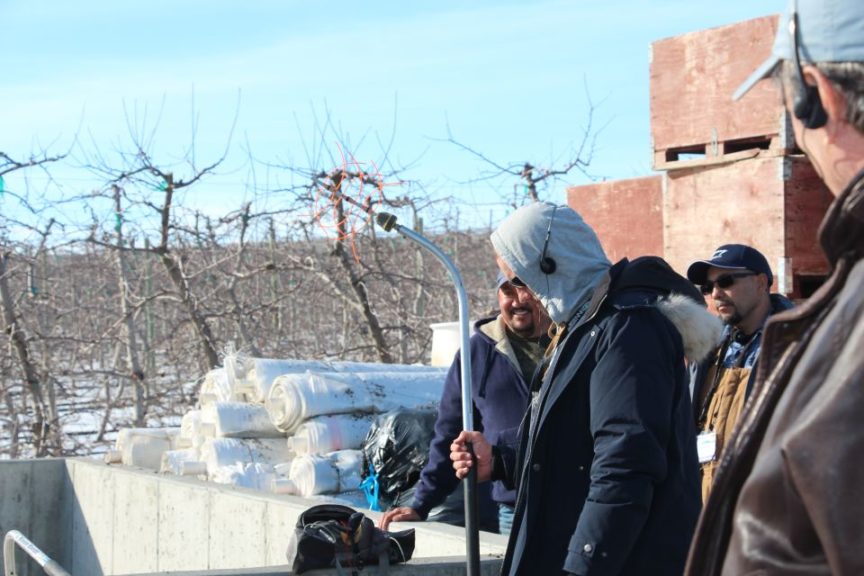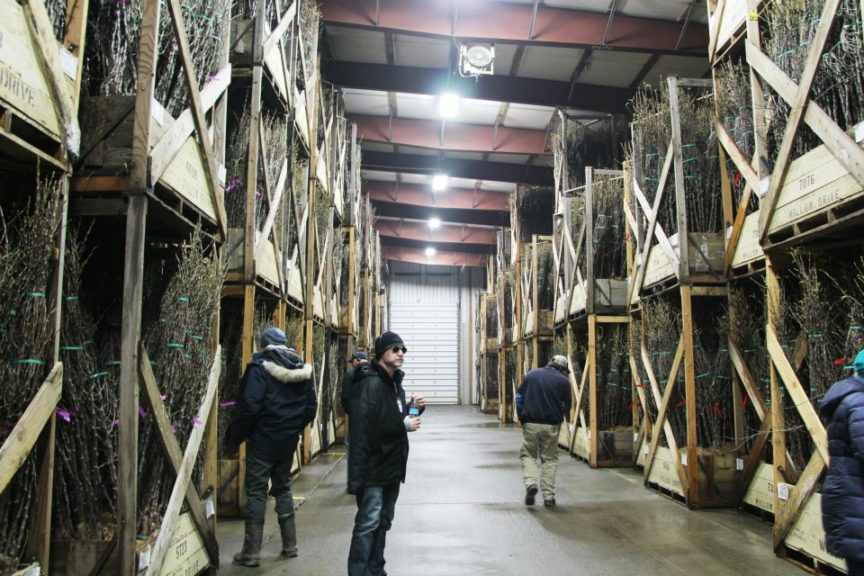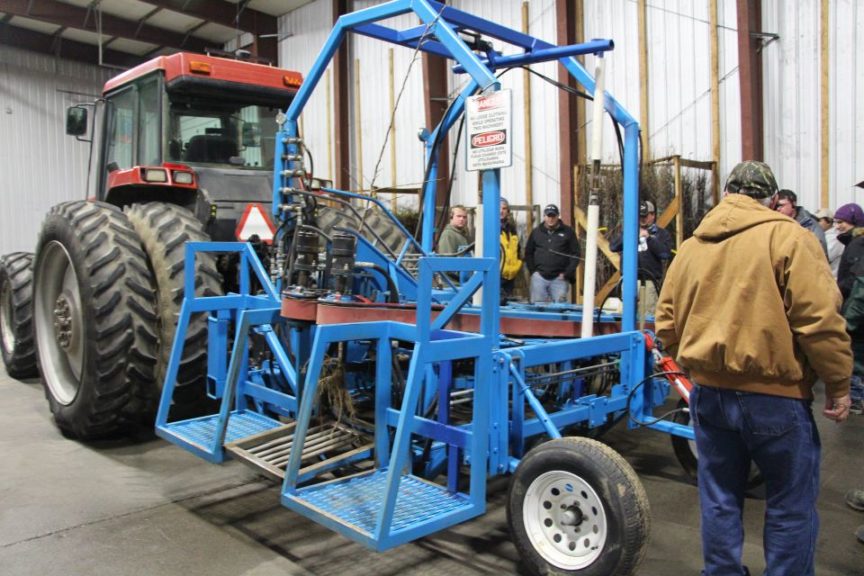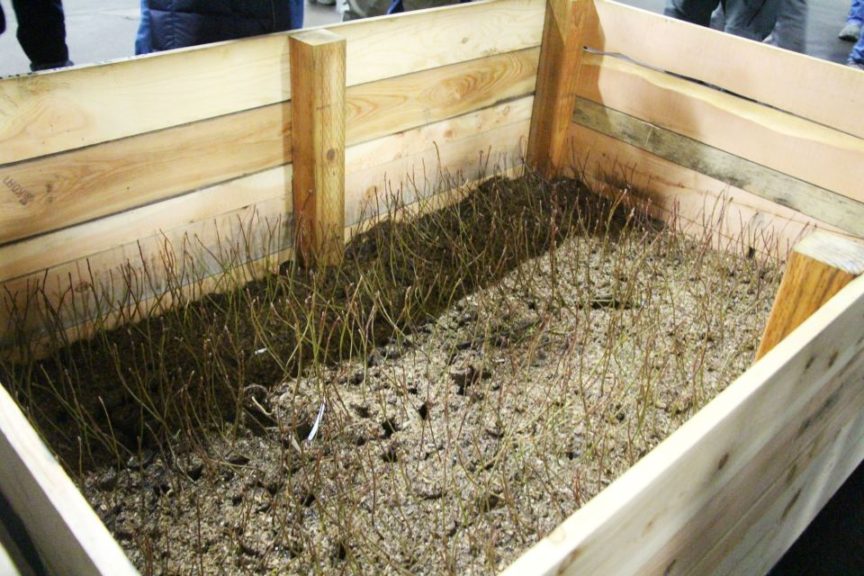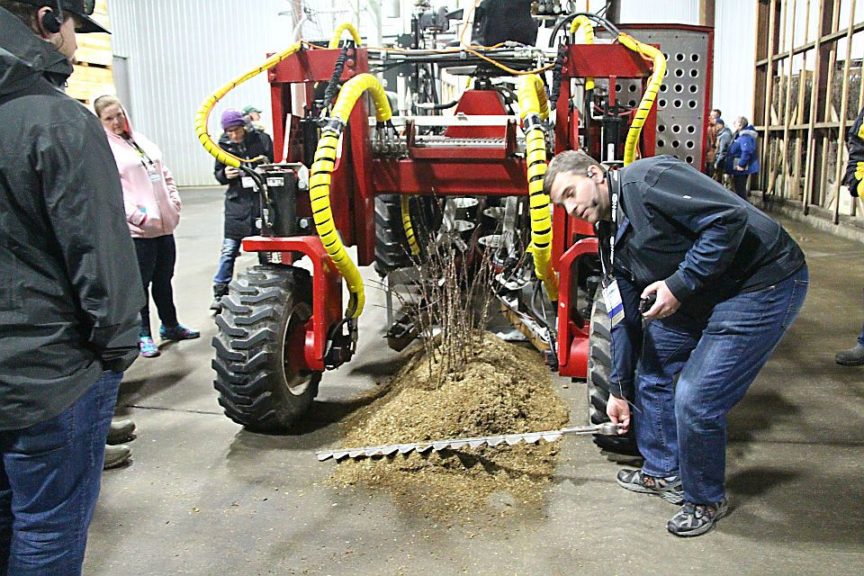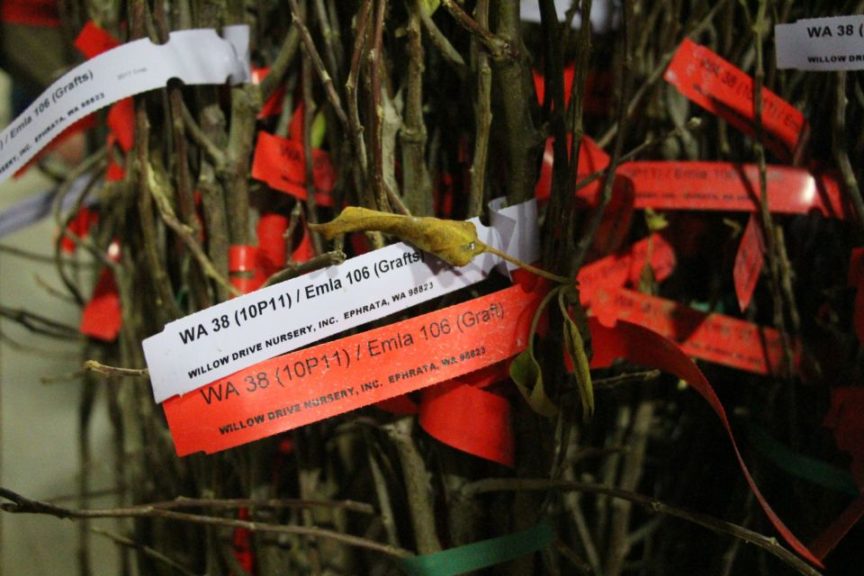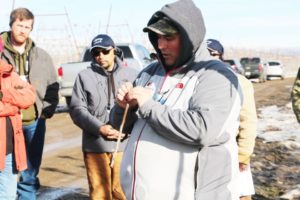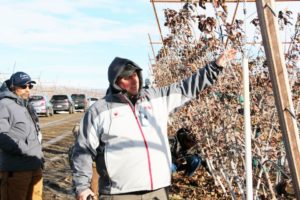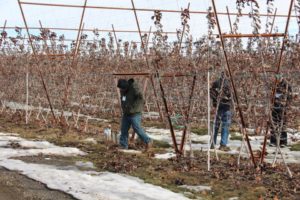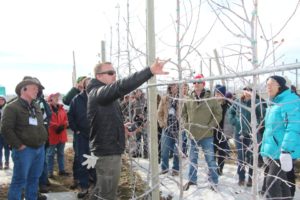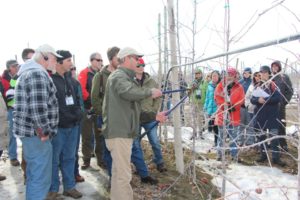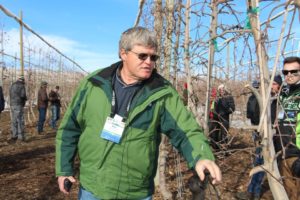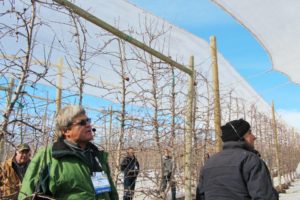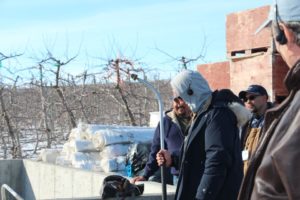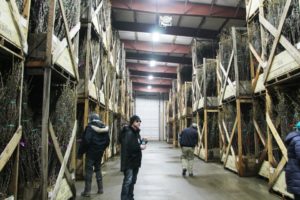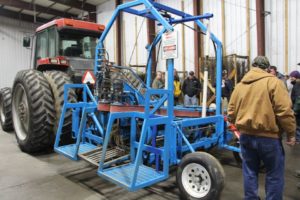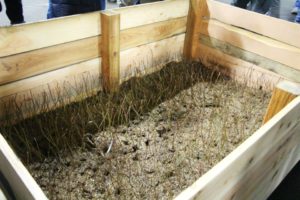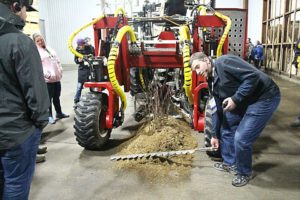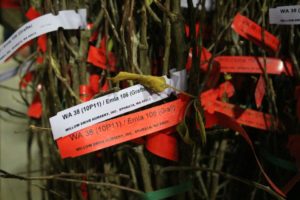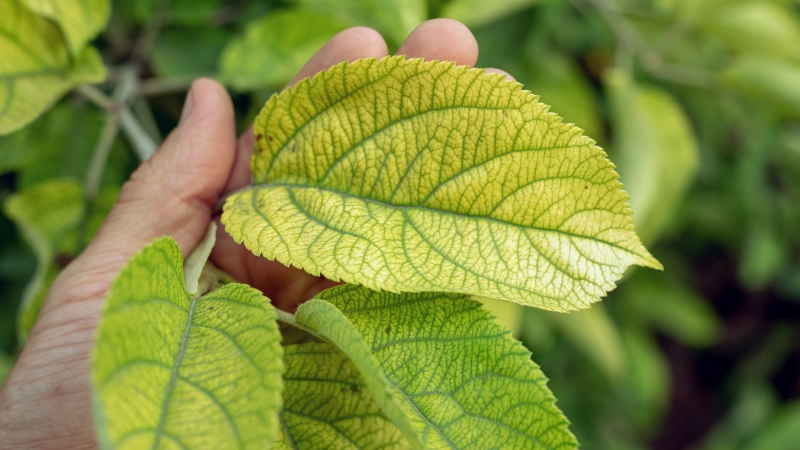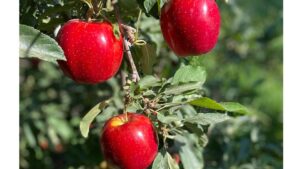Setting Trees Up Right is Theme of Second, Third Days of IFTA Conference
There are a lot of decisions to make before your orchard begins to produce the apples you hope it does. Setting your orchard up correctly was one of the themes of the second and third days of the International Fruit Tree Association’s (IFTA) annual conference in Wenatchee, WA.
What variety to plant? What rootstock to pick? What type of trees to order from the nursery? What production system to choose? Will your support system and trellis design support your production? While each one of these questions may have a few answers, many of these decisions impact the next.
“We get one chance to start an orchard off right,” Pete Sackett of Wilbur Ellis said.
Speakers on the first day of sessions encouraged growers to think about the choices they’re going to make and the financial implications of those choices in order to ensure success.
Jen Baugher of Adams County Nursery told growers, “there are so many choices that impact your endgame. Take where you want to go and work backward to help decide what trees to purchase.”
But, it’s not just purchasing trees that impact that start, it’s your orchard system, too, said Craig Hornblow of Ag First New Zealand. Time out of production, he said, is the biggest production cost. Growers need fast and effective systems.
Rootstocks are always a difficult choice for growers – and many hope some of the newer rootstocks available for apples will solve orchard ills. However, Tom Auvil of the Washington Tree Fruit Research Commission said there’s no silver bullet when it comes to rootstocks. Growers must look at the big picture of the whole orchard system.
Auvil said one of the most important things to consider is using virus-tested scion material. With more than 40 scion and more than 20 rootstock choices, not all combinations have been tested for issues. Clean plants help prevent some problems
Essie Fallahi of the University of Idaho said he saw better color with his 6-foot spaced V trellis planting of ‘Arctic Fuji’ in his NC-140 training system study. In the rootstock study, he observed stool bed trees were 7% to 10% larger than tissue culture trees.
Stefano Musacchi of Washington State University said multi-axe trees offer better light distribution, which in turn impacts production. Hornblow, too, found more yield potential with a V system, it is a bigger up-front investment. He encouraged growers to crunch numbers to see if it makes sense for them.
“All planting systems look good when they’re young,” Stuart Tustin of Plant and Food Research in New Zealand said. “The real test starts at year six and ends at 15.”
Tustin said orchards must be more capital efficient – which includes energy, finances, productivity, etc. Current orchard systems use 50% of the energy available. He encouraged growers to get to 85% of light interception.
Hornblow said as canopies begin to develop up, it’s difficult to fill the lower parts of that canopy. But, it’s vital to have workers out observing what’s going on in the orchard, that attention to detail should not be overlooked, he said.
“We have to have one eye on what’s around the corner,” Hornblow said.
Future Is Now In Orchard Systems
An eye to the future is exactly what growers got to see on the second day of orchard tours throughout the Mattawa, WA, area.
In fact, Travis Allan of Allan Brothers said he’s aiming for 100 to 120 bins to the acre with production of is 12 foot by 1.5 foot spaced V trellis in his Yakima Valley Orchards in Mattawa. Allan says he likes the multileader V system he uses, which helps get more trees to the acre.
“I’d rather spend the money and get the target yield,” he said.
Allan says his V system was designed for robotics, and he hopes his production numbers will go up with picking-assist machines. “There’s only a few things we’ll have to change,” Allan says of the robotic harvester.
For Allan, it’s most important to get the cropping in the third leaf of his planting.
“If you mess that up, it’ll be stunted.”
While at Stemilt Growers’ Capstone Orchard in Mattawa, growers got a chance to see second-leaf cropped vertical production system with ‘Gala,’ ‘Fuji,’ and ‘Cripps Pink.’
As Robin Graham said, he saw “phenomenal growth” on the trees, planted as knip-booms, so he chose to control vigor through cropping. Part of what helped the trees get off to such a good start, Graham said, is mudding in of trees. Drip line was laid in the winter, and water was used to give inconsistent growing trees an even bigger boost.
Score marks above buds help the tree spread out vigor. Musacchi told growers this scoring helps double the number of shoots, and helps slow down fast-growing trees.
Mike Robinson of BMR Orchards in Royal City also uses water to help manage vigor of his vertical system trees. Most of Robinson’s trees are organic in the orchard and he uses drip sprinklers to control the growth of his trees.
“Water is the only tool I have in organics,” he said. “I’d rather figure out how to manage the trees myself.”
Food safety is a big driver of change at BMR Orchards. While the orchard is Global Gap certified, the challenge is to not just pass an audit once a year. He said his goal was to be in compliance all the time.
“I had to figure out how to run this farm like we’re going through an audit every day,” he said.
Robinson has developed a mini-bulk storage to help control when sprays are coming in and out of the orchard. He’s installed cameras to ensure his team is doing what they said they’re doing.
For more on the conference, follow Senior Editor Christina Herrick on Instagram and Twitter.





